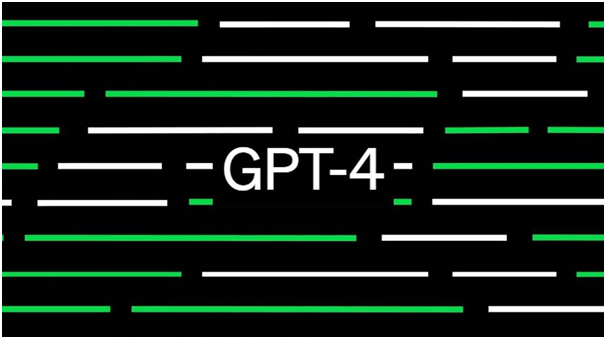GPT-4
Context: Recently AI powerhouse OpenAI announced GPT-4,GPT-4 is supposedly bigger, faster, and more accurate than ChatGPT.
The company has made the language model’s powers known in its announcement blog for the same, saying that it is more creative and collaborative than ever before. GPT-3.5-powered ChatGPT only accepts text inputs, GPT-4 can also use images to generate captions and analyses.
What is GPT-4?
- Aside from the fresh ability to process images, OpenAI says that GPT-4 also “exhibits human-level performance on various professional and academic benchmarks.”
- The language model can pass a simulated bar exam with a score around the top 10 percent of test takers and can solve difficult problems with greater accuracy.
- For example, it can answer tax-related questions, schedule a meeting among three busy people, or learn a user’s creative writing style.
- GPT-4 is also capable of handling over 25,000 words of text, opening up a greater number of use cases that now also include long-form content creation, document search and analysis, and extended conversations.
How is GPT-4 different from GPT-3?
- GPT-4 can ‘see’ images now
- The most noticeable change to GPT-4 is that it’s multimodal, allowing it to understand more than one modality of information.
- It is different from Google Lens as Lens only searches for information related to an image.
- GPT-4 is a lot more advanced in that it understands an image and analyses it. An example provided by OpenAI showed the language model explaining the joke in an image of an absurdly large iPhone connector.
- The only catch is that image inputs are still a research preview and are not publicly available.
- GPT-4 is harder to trick
- One of the biggest drawbacks of generative models like ChatGPT and Bing is their propensity to occasionally go off the rails, generating prompts that raise eyebrows, or worse, downright alarm people. They can also get facts mixed up and produce misinformation.
- OpenAI says that it devoured 6 months of training to GPT-4 using lessons from its “adversarial testing program” as well as ChatGPT, resulting in the company’s “best-ever results on factuality, steerability, and refusing to go outside of guardrails.
- GPT-4 can process a lot more information at a time
- Large Language Models (LLMs) may have been trained on billions of parameters, which means countless amounts of data, but there are limits to how much information they can process in a conversation. ChatGPT’s GPT-3.5 model could handle 4,096 tokens or around 8,000 words but GPT-4 pumps those numbers up to 32,768 tokens or around 64,000 words.
- This increase means that where ChatGPT could process 8,000 words at a time before it started to lose track of things, GPT-4 can maintain its integrity over way lengthier conversations. It can also process lengthy documents and generate long-form content.
- GPT-4 has an improved accuracy
- OpenAI admits that GPT-4 has similar limitations as previous versions – it’s still not fully reliable and makes reasoning errors.
- However, “GPT-4 significantly reduces hallucinations relative to previous models” and scores 40 per cent higher than GPT-3.5 on factuality evaluations.
- It will be a lot harder to trick GPT-4 into producing undesirable outputs such as hate speech and misinformation.
- GPT-4 is better at understanding languages that are not English
- Machine learning data is mostly in English, as is most of the information on the internet today, so training LLMs in other languages can be challenging.
- But GPT-4 is more multilingual and OpenAI has demonstrated that it outperforms GPT-3.5 and other LLMs by accurately answering thousands of multiple-choice across 26 languages.
- It obviously handles English best with an 85.5 per cent accuracy, but Indian languages like Telugu aren’t too far behind either, at 71.4 per cent.
| Practice Question
1. What is GTP-4? How it is different from GTP-3? |




